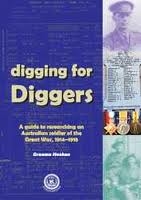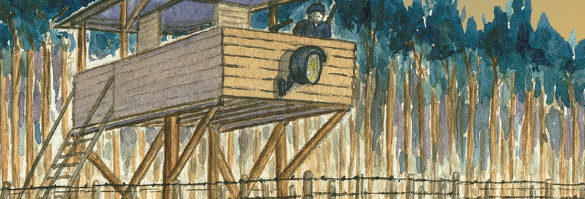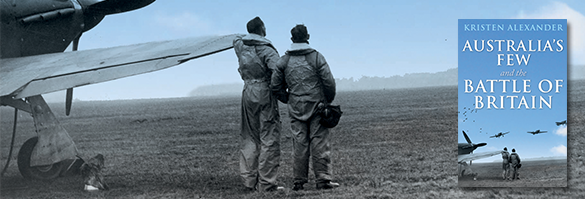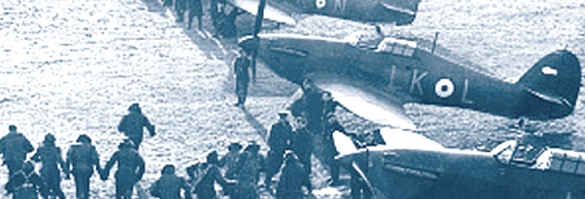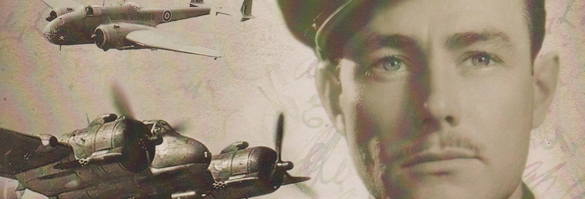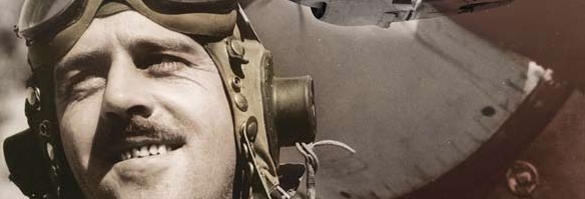Graeme Hosken: Digging for Diggers. A guide to researching an Australian soldier of the Great War 1914-1918
Digging for Diggers is designed for students and the first time researcher. It is a comprehensive, step-by-step guide to finding, interpreting and appreciating the stories of Australians who served in the Great War In his time, Hosken has trawled through over 300 files in search of information about our First World War heroes, and he has put that experience to good use. He helps to demystify official military language and shows the new researcher how to reveal a soldier’s wartime experiences from his official record.
Hosken starts off by presenting a detailed step-by-step guide to typical research tasks. Then, by using the records of John ‘Barney’ Hines aka ‘the Souvenir King’ as an example, Hosken walks the reader through a sample service record. He describes forms such as the Attestation Papers, Statement of Service, discharge details, and casualty form. To help interpret these forms, Hosken highlights items of interest that can reveal much about the subject or which can lead to further research and he provides an extensive list of common military abbreviations and medical classifications.
Hosken recognises that just interpreting the service record is not enough, and a new researcher has to come to grips with a lot of background information before a complete picture of their subject’s service can be revealed. He gives an overview of the structure and size of the AIF, and the organisation of the AIF infantry battalions, the Australian Light Horse camel corps, and the field artillery. He briefly describes trench warfare, the battles of the AIF divisions on the Western Front and place names in France and Belgium. He also provides a brief overview of bases in England, France and Egypt.
Hosken introduces the new researcher to public resources and provides advice about the time it takes to get records from government agencies and the information the researcher should have on hand when seeking advice from them. He has included a section on useful information and suggests other avenues the researcher might take to find information about their subject. He lists addresses for obtaining service details, honours and awards and reference books, and includes calendars for 1914–20.
Once the information gathering process has been completed, Hosken suggests ways the researcher can present the information so their subject’s story is not lost and remains accessible and relevant, for instance as a biography, diary, interview or illustrated story.
Overall, this book is an invaluable resource for the first time researcher and makes the task of discovering service details an easy and exciting task. As an educator who has introduced students to the thrill of researching a Great War soldier, Hosken has also included information that would be useful for teachers and students embarking on a class project. A worthwhile addition to the new researcher’s bookshelf.
